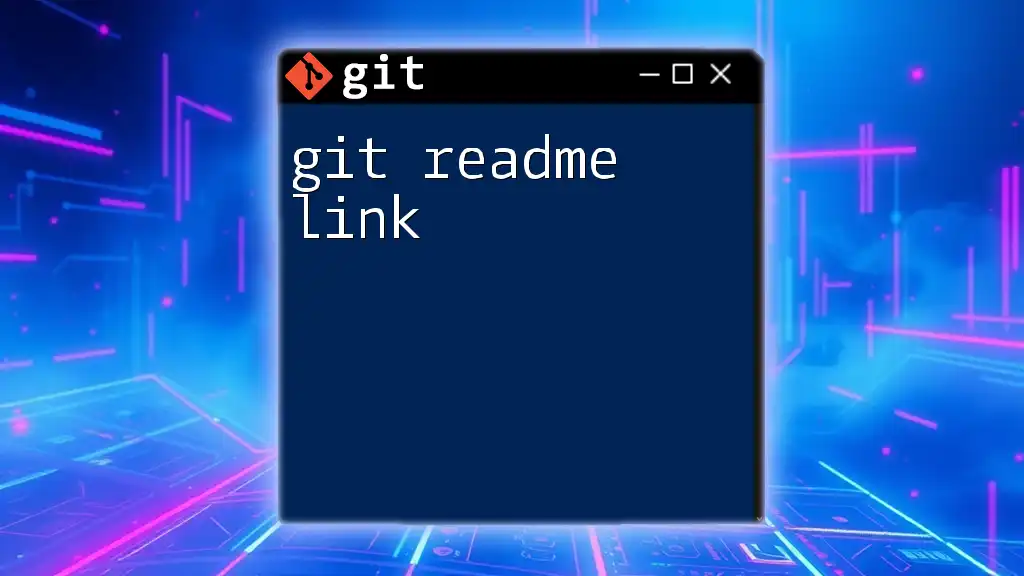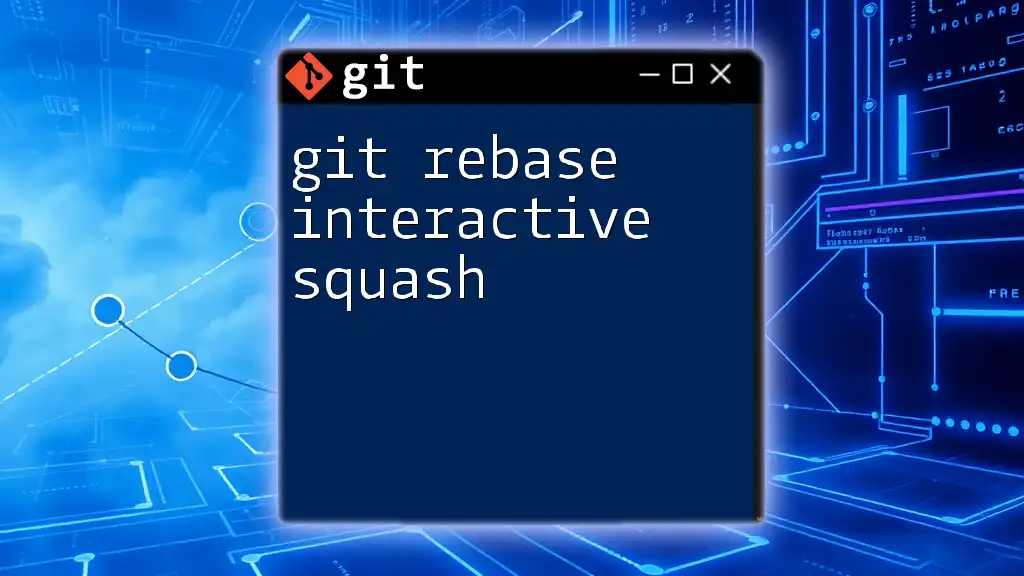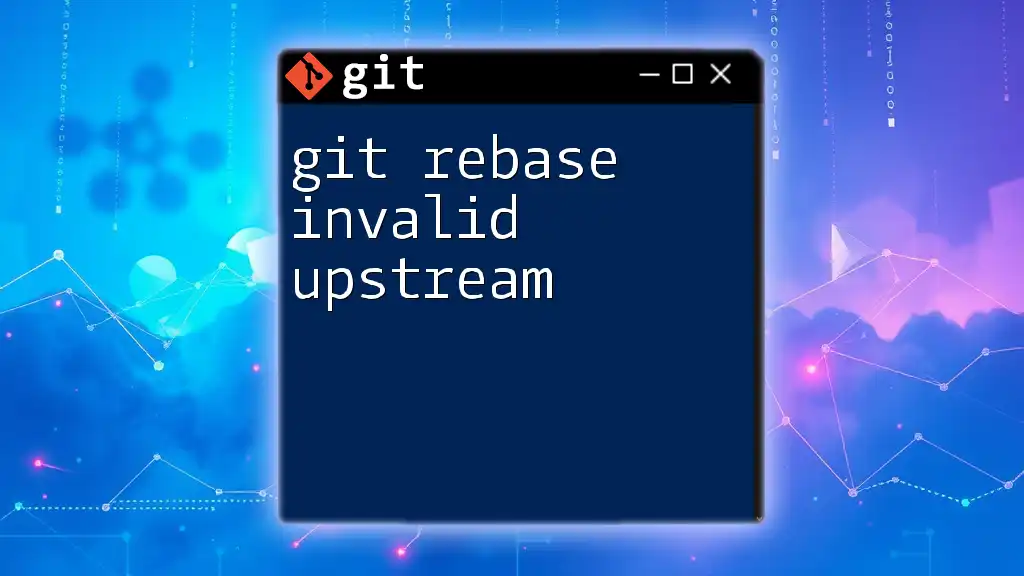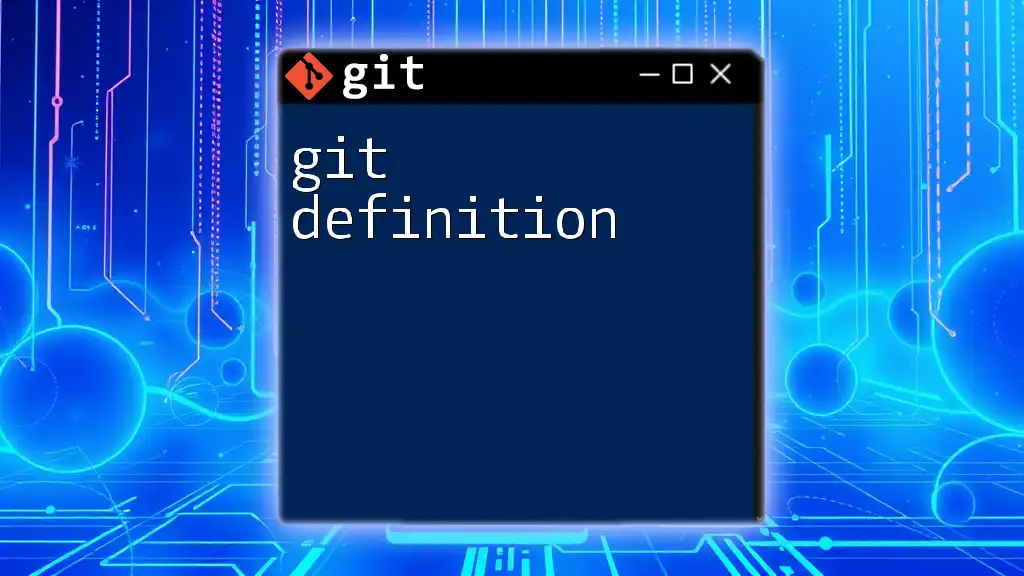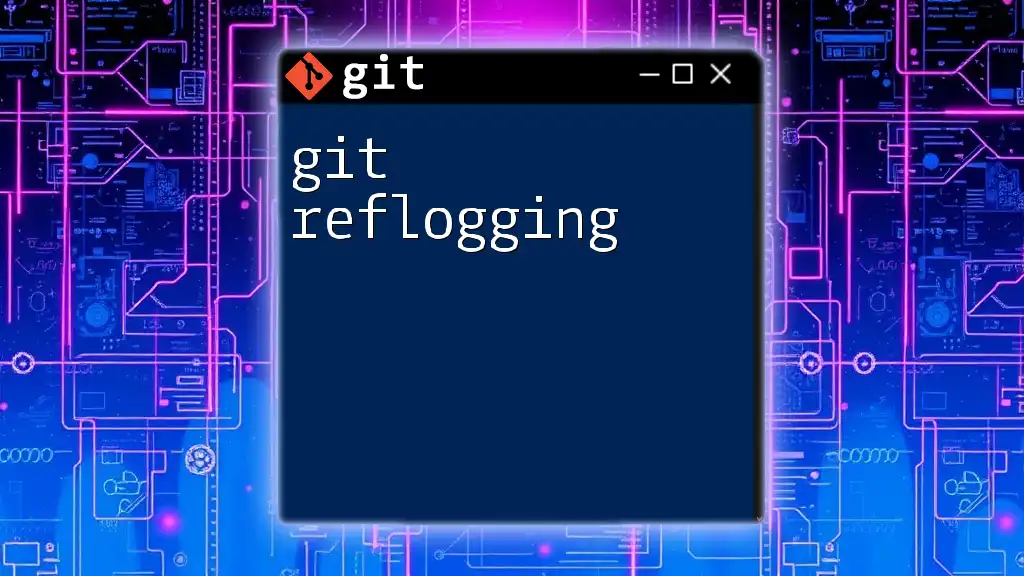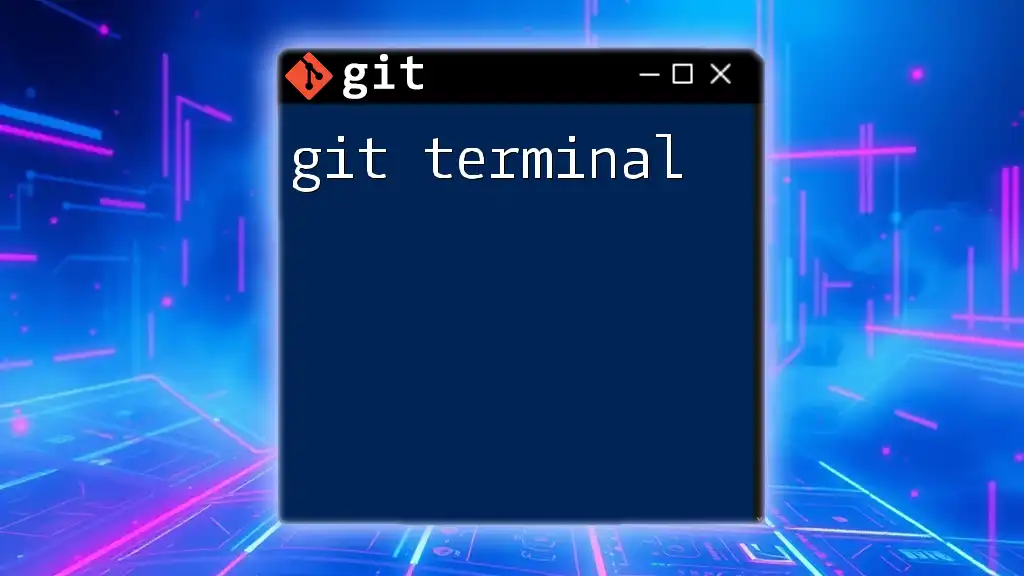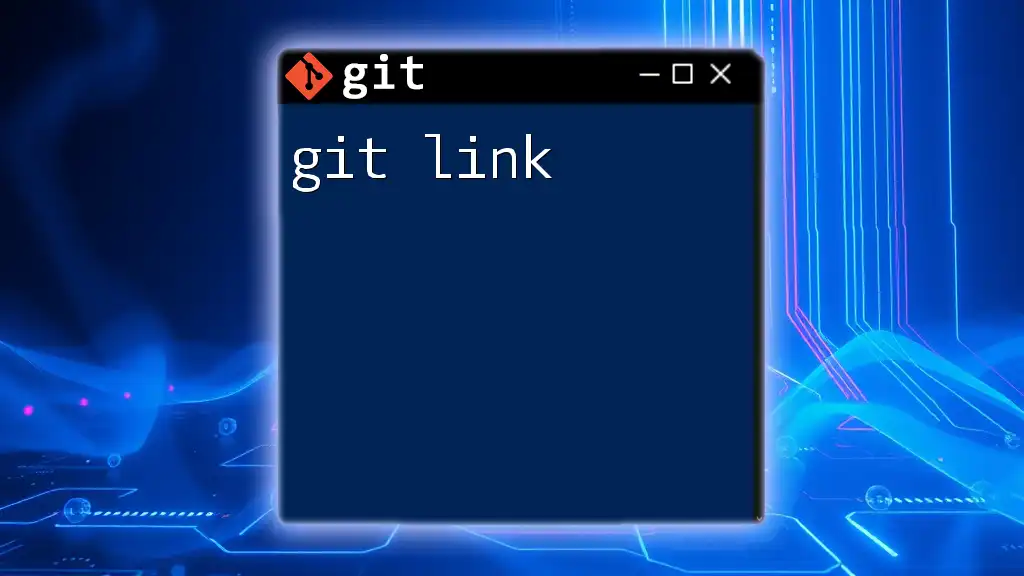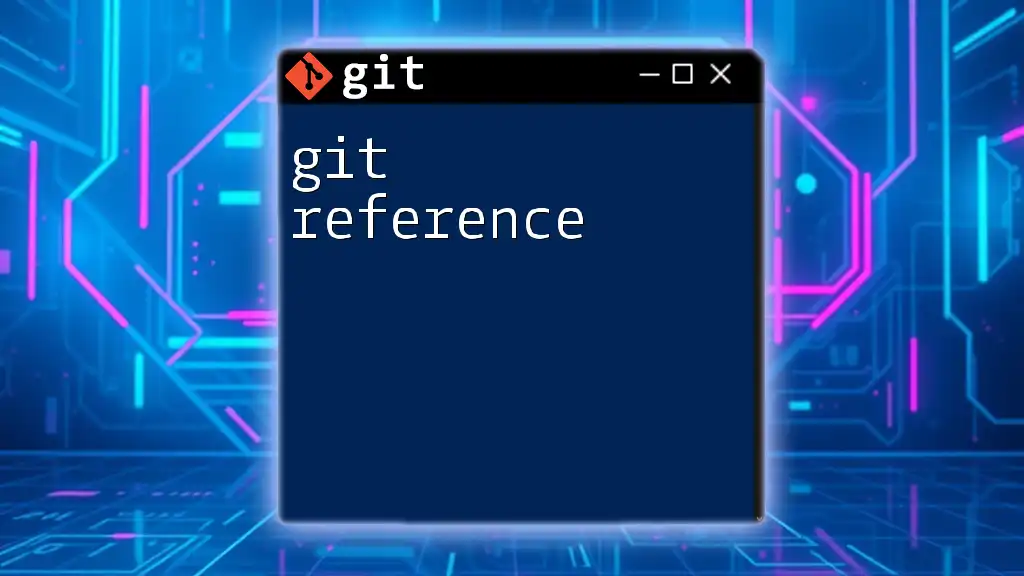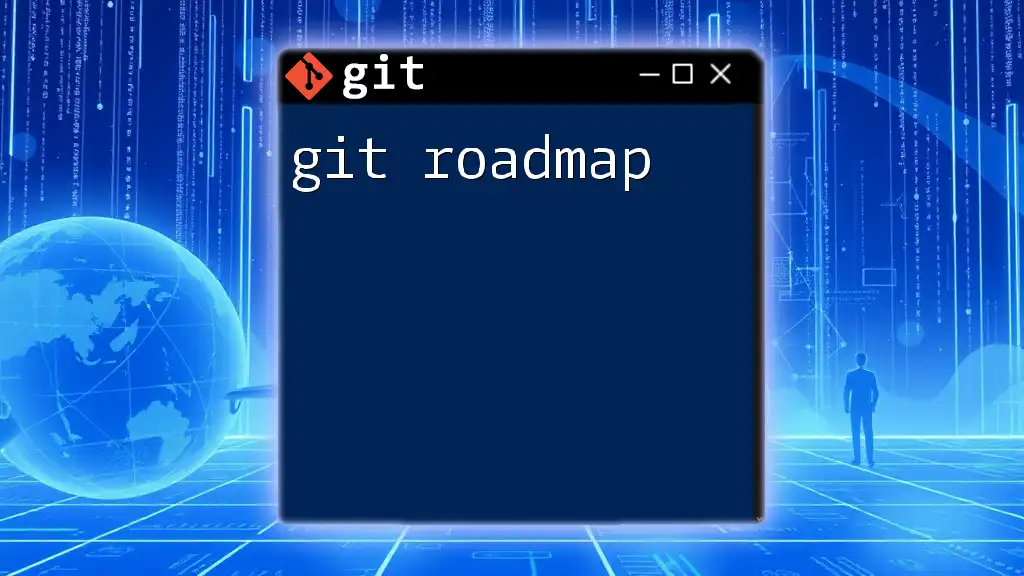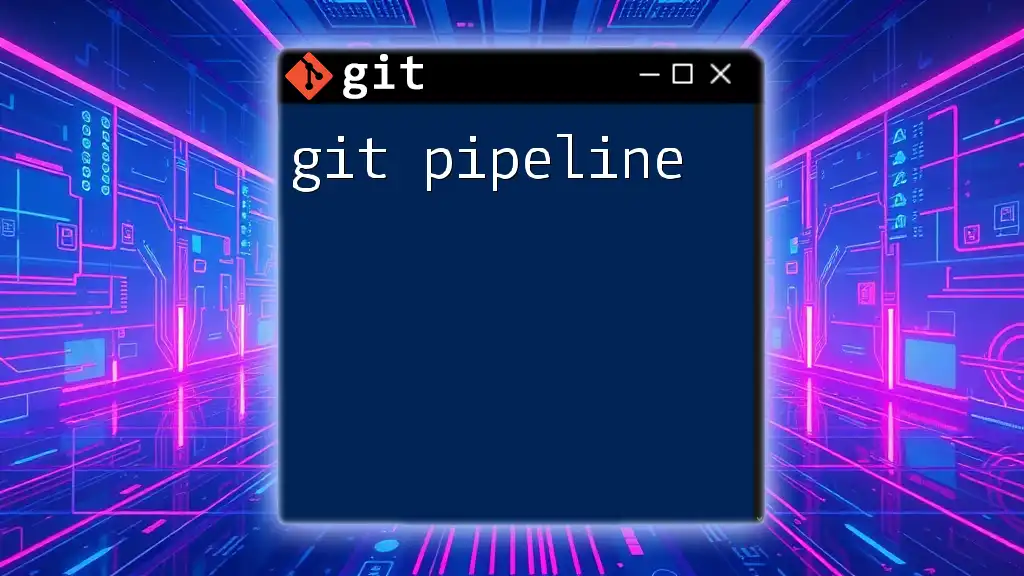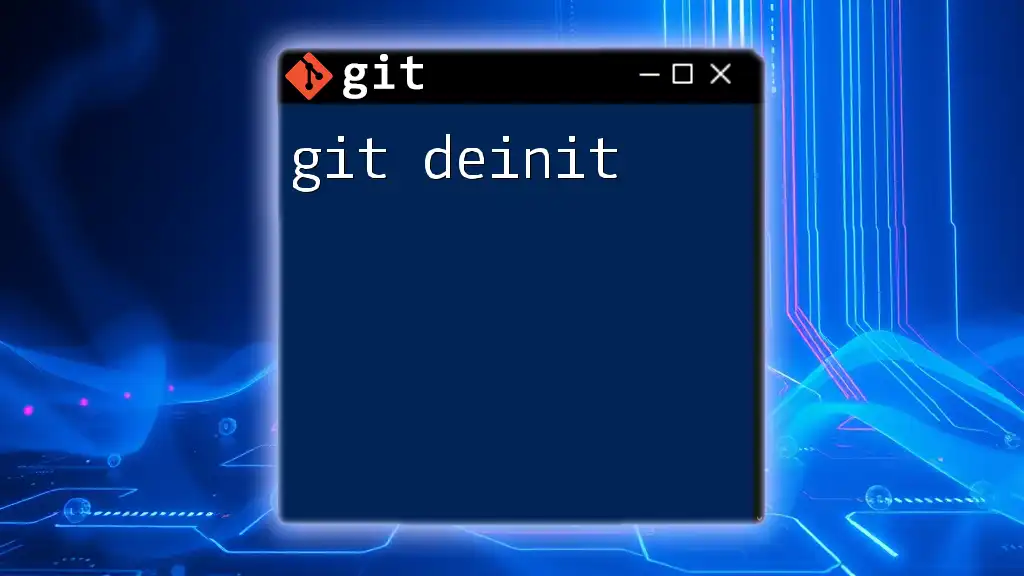The "git readme link" refers to including a hyperlink to your project's README file within your Git repository, which provides essential information about your project.
Here's an example of how to view a README file in your Git terminal:
git show HEAD:README.md
What is a README File?
Definition of a README
A README file is a text file that is usually included in software projects to provide essential information about the project. It serves as a guide for users, providing a quick overview of the project’s purpose and usage. README files typically come in formats such as Markdown or plain text, which are easy to read and understand.
Purpose of a README
The primary purpose of a README is to present a clear picture of what your project is and how to use it. Here are some of the key elements commonly found in a README:
- Project description: A brief overview which gives the users an understanding of what the project does.
- Installation instructions: Steps on how to set up the project on their local environment.
- Usage guidelines: Information on how to run and execute the project, often including code snippets for clearer instruction.
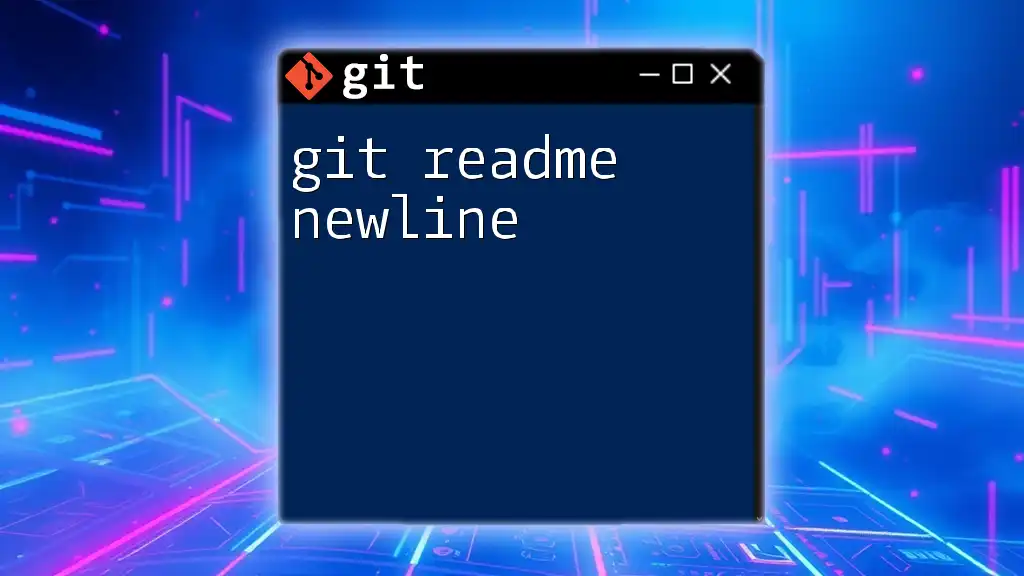
Understanding the Git README Link
What is a Git README Link?
A Git README link directs users to the project's README file within a Git repository. This link is crucial for collaboration, as it helps users access project documentation quickly, making it easier to understand how to contribute or use the project effectively.
How to Link to README in Git
Direct Linking in Markdown
In Markdown, you can create a link to any file, including your README. The syntax for a Markdown link is straightforward:
[Link Text](URL)
For example, if you want to provide a link to the README file hosted on GitHub, you might write:
[Check out the README for more information](https://github.com/username/repo/blob/main/README.md)
Relative vs. Absolute Links
When linking to a README file, you can choose between a relative and an absolute link.
- Absolute Link: This link provides the complete URL to the README file, such as:
https://github.com/username/repo/blob/main/README.md - Relative Link: This link points to the README file's location relative to the current file, making it short and tidy:
./README.md
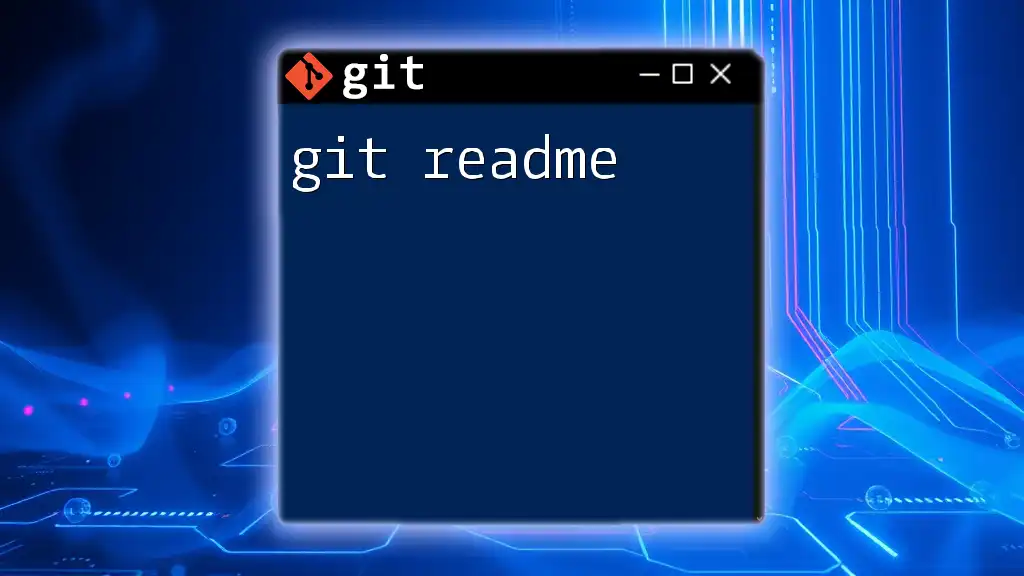
Creating a README File
Basic Structure of a README
Creating an effective README involves including a few key sections. Each section plays a vital role in helping potential users understand your project quickly. Here’s a typical structure to follow:
- Title: The name of the project.
- Description: A brief explanation of what the project does.
- Installation Instructions: Clear steps or commands needed to install the project.
- Usage: Detailed instructions on how to run or use the project.
Markdown Syntax for README
Utilizing Markdown syntax enhances the readability of your README file. It allows for headings, lists, and code blocks, which can make your document more user-friendly. Here’s a simple markdown example:
# Project Title
<InternalLink slug="git-readme-formatting" title="Mastering Git Readme Formatting in Minutes" featuredImg="/images/posts/g/git-readme-formatting.webp" />
## Description
Brief project description goes here.
<InternalLink slug="git-readme-format" title="Mastering Git README Format in Simple Steps" featuredImg="/images/posts/g/git-readme-format.webp" />
## Installation
Steps to install the project.
<InternalLink slug="git-readme-template" title="Crafting the Perfect Git README Template: A Quick Guide" featuredImg="/images/posts/g/git-readme-template.webp" />
## Usage
Instructions on how to use the project.
Tools for Creating README Files
Several tools can assist in writing and formatting README files. Popular Markdown editors, such as Typora and Dillinger, offer real-time preview features. Additionally, platforms like GitHub offer templates that can guide you in creating a comprehensive README.
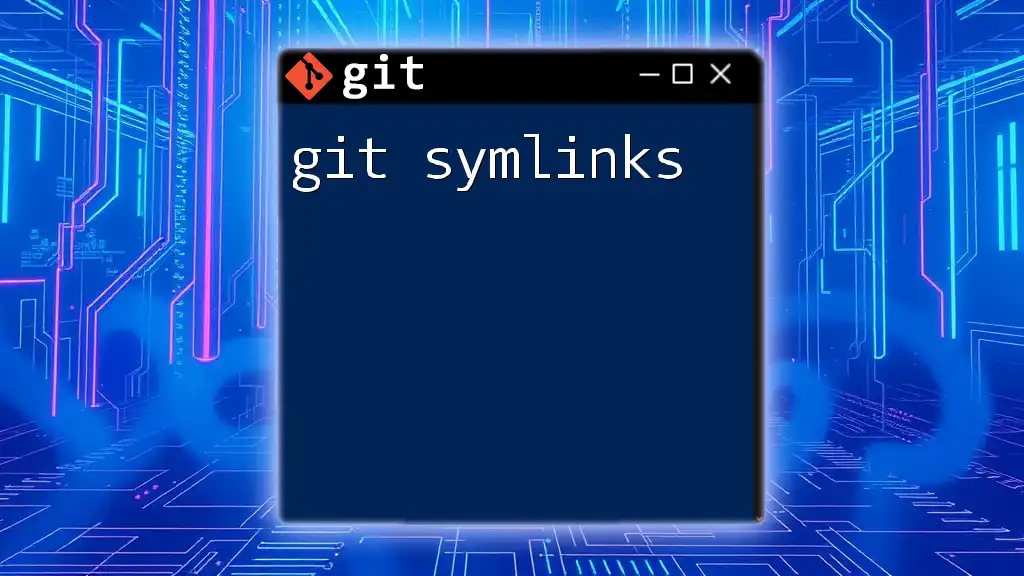
Best Practices for Linking to a README
Clear and Concise Link Text
When providing links to your README, always use descriptive text that informs users about what they are clicking on. Instead of using generic phrases like "click here," opt for specific descriptions like "View the project’s README for installation details."
Keeping Your README Updated
It is vital to ensure that your README reflects the current state of your project. An updated README can prevent confusion and facilitates easier onboarding for new contributors. Regularly set aside time to review and update your README to keep it aligned with any changes or updates in the project.
Common Mistakes to Avoid
Some common pitfalls include linking to outdated README files or overloading the README with too much information. Always check the links and ensure that they lead to relevant, up-to-date content.
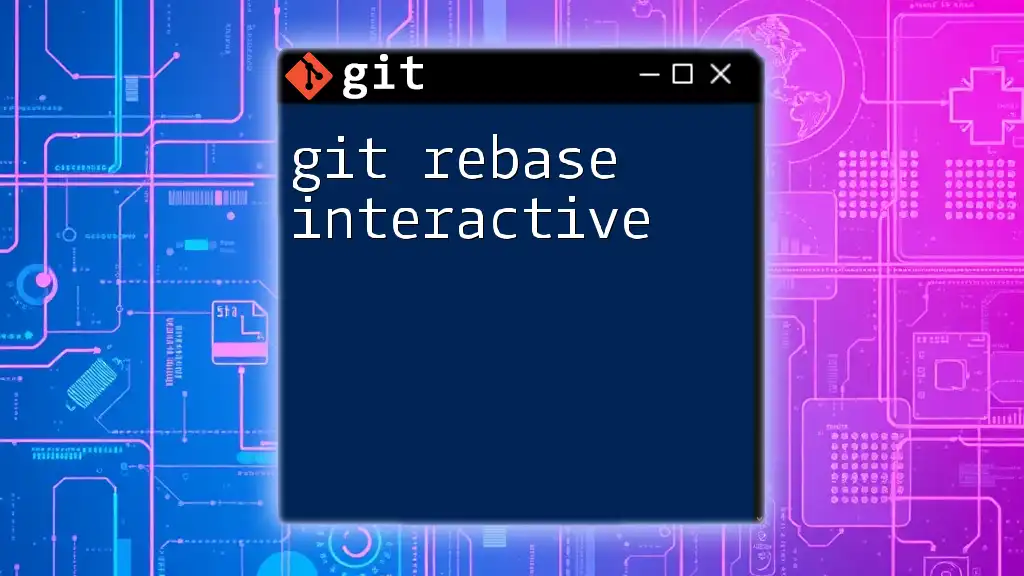
Advanced Linking Techniques
Linking Subsections Within the README
To enhance user navigation, you can link to specific sections within your README file using anchors. This is particularly useful for larger files. For example, you can create a link that jumps to the installation instructions section:
[Jump to Installation Instructions](#installation)
Using Badges in the README
Badges are small visual indicators that provide quick information about your project, such as build status, dependency health, or version number. Adding badges can help visualize project metrics and encourage engagement. To link a badge in your README, you would follow a similar syntax:

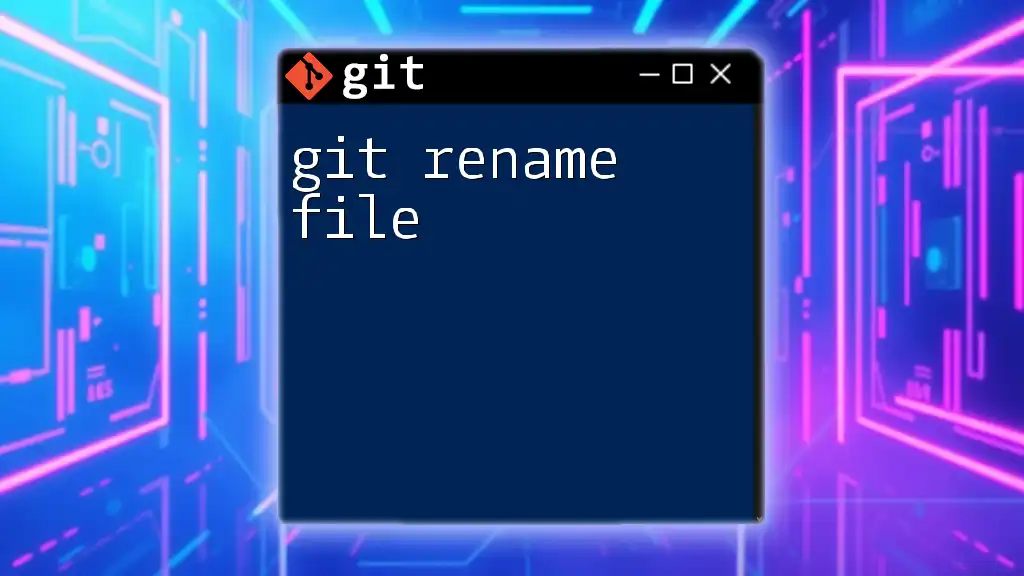
Conclusion
In summary, understanding the significance of the git README link is essential for effective project management and user experience. By ensuring that your README files are well-structured, regularly updated, and easily accessible through clear linking methods, you not only enhance your project's usability but also foster better collaboration among your team and contributors. Embrace these practices to ensure your projects stand out in the ever-growing world of software development.
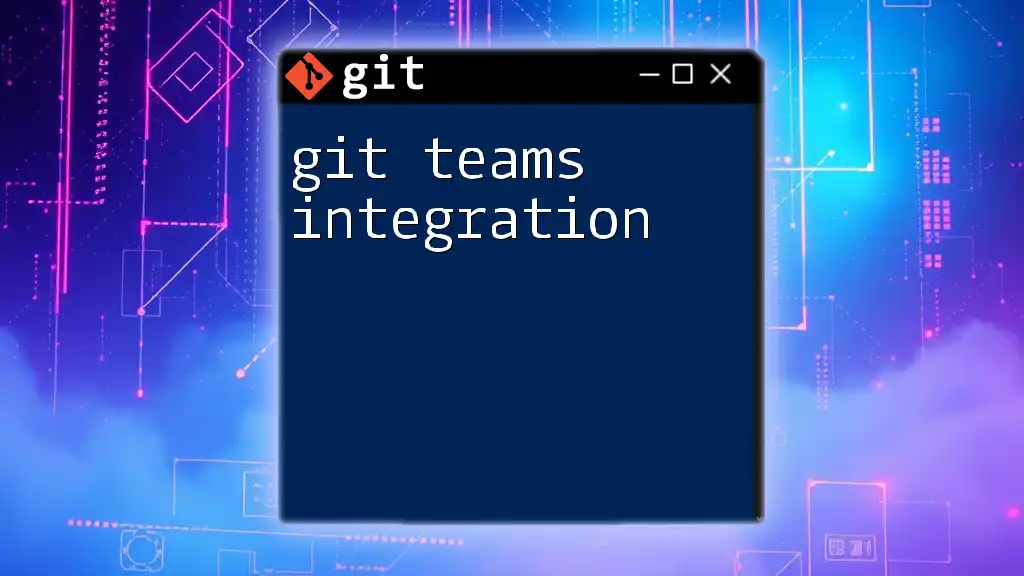
Additional Resources
For further learning, consider exploring the official Git documentation, extensive Markdown guides, and various tools available for generating and formatting README files. You might also find tutorials and articles that delve deeper into Git functionalities and best practices for writing effective README files beneficial for your development journey.

